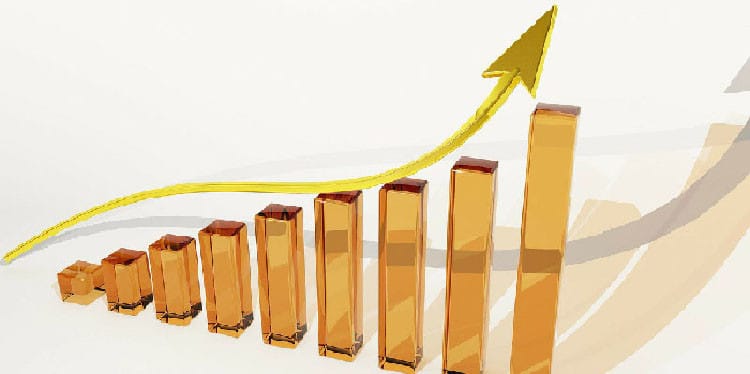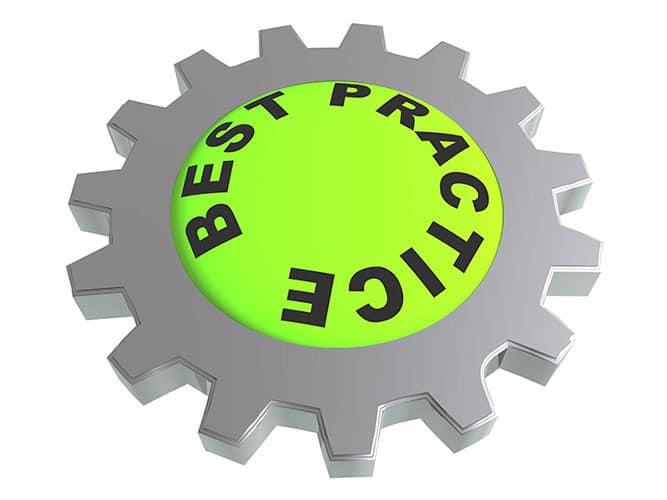How can you plug the value leaks in your buying channels procurement?
When procurement teams are faced with outdated, cumbersome, laborious procurement systems they will more often than not cut corners in a bid to simply get things done.
Unfortunately, the subsequent result of this is that vetted suppliers are overlooked and best sourcing in supply chain practices are ignored.
This will invariably lead to leakage of value as well as lost opportunities to mitigate spend.
So what can be done?
Firstly, there is definitely a need to rethink purchasing buying channels, systems, and processes.
How can they be made easier and more straightforward? These are great questions, but let’s not get ahead of ourselves. Let’s take it back to basics with a few key definitions.
What is a Buying Channel?
Accounting firm KPMG’s advisory side gives us a concise definition of a buying channel, it is:
“…the end-to-end series of steps to request, approve, purchase, receive and pay for goods and services.”
Buying channels procurement are an integral part of the procure-to-pay (P2P) process. But what exactly do they do and why do procurement and requisition teams need them?
The Purpose of Buying Channels
The needs within an organization are vast and dynamic. It can be difficult trying to develop a unique one-size-fits-all purchasing strategy.
For this reason, companies are looking for creative and specific ways that allow them to purchase the right service or product at a cost-effective price, and have this product and or service delivered in a timely fashion.
Buying channels step in as potential solutions that can assist procurement teams to make strategic purchasing decisions for different product categories using carefully chosen category management tactics.
In order for these buying channels procurement to be developed, there is a need to understand the multitude of ways in which it is possible to buy services and goods.
Careful evaluation, deliberation, and revision of individual pathways allow for custom buying channels to then be engineered.
This brings us to our next point, what are some examples of buying channels?
What are Examples of Buying Channels and Strategies?
Three of the most common types of buying channels procurement today are:
· Purchase order
· Material Requirements Planning (MRP)
· Non-PO (a.k.a. Outline Agreement)
1. Purchase Order
A purchase order is the simplest type of buying channel that exists and it is pretty straightforward.
The Chartered Institute of Procurement and Supply (CIPS) defines a purchase order (PO) as a:
“Legally binding document that sets out the details of the transaction that the supplier and buyer have agreed upon.”
2. Material Requirements Planning (MRP)
This particular buying channel is designed to help you find answers to the following three questions:
1. What does the organization need?
2. How much of the product is needed?
3. When is the product needed?
MRP is oftentimes a cloud-based inventory management system whose main roles are to determine the raw material quantities needed by a business and to establish delivery dates.
3. Outline Agreement
An outline agreement is another type of buying channel and all it is is a long-term contractual buying agreement with a vetted supplier.
Each outline agreement includes terms and conditions about what goods the vendor will be supplying to the buyer.
These terms and conditions are valid for a limited time period and will cover a pre-established quantity.
So, now that you’re familiar with a few buying channels, how do you choose which channel to use?
You can use the following questions to help pick a buying channel.
· Does the chosen channel allow [the organization] to purchase goods and services efficiently?
· Does the chosen channel promote cost-savings?
· Does the selected channel fit in with the preferred supplier’s modus operandi?
There is no exact science to choosing a buying channel, it’s simply key to remember that whichever channel selected should make sense from a financial point of view and helps the organization keep spend low.
How Can Buying Channels Benefit Enterprises?
Perhaps you’re on the fence about buying channels and don’t quite see how they play into your current procurement strategy.
That’s okay.
Let’s take a look at some of the benefits that may be derived when enterprises integrate buying channels procurement into their P2P process.
Benefit #1 Buying channels allow for greater compliance in matters relating to contracts and processes thanks to the stricter enforcement of procurement policies.
Benefit #2 Savings made through tactical sourcing can be sustained thanks to diligently following through and working with vetted suppliers
Benefit #3 Buying channels boost spend visibility owing to spend category designations
Benefit #4 Because of the tailored nature of each buying channel, there is generally a marked improvement in the efficiency of the resulting transactional process.
Benefit #5 Buying channels make it easier for requisitioners to make purchases.
Conclusion
Buying channels procurement can help improve the P2P process, improve vendor relationship management, and the bottom line.
The biggest concern when discussing buying channels isn’t which strategies are the most effective, but whether the procurement teams will be disciplined enough to enforce whatever strategies and models are chosen.
If you’re looking for ways that can help you stay disciplined and on top of your procurement game, don’t hesitate to check out ProcurePort’s cutting-edge procurement solutions.
To discuss tailored procurement software solutions with a consultant please contact us today










